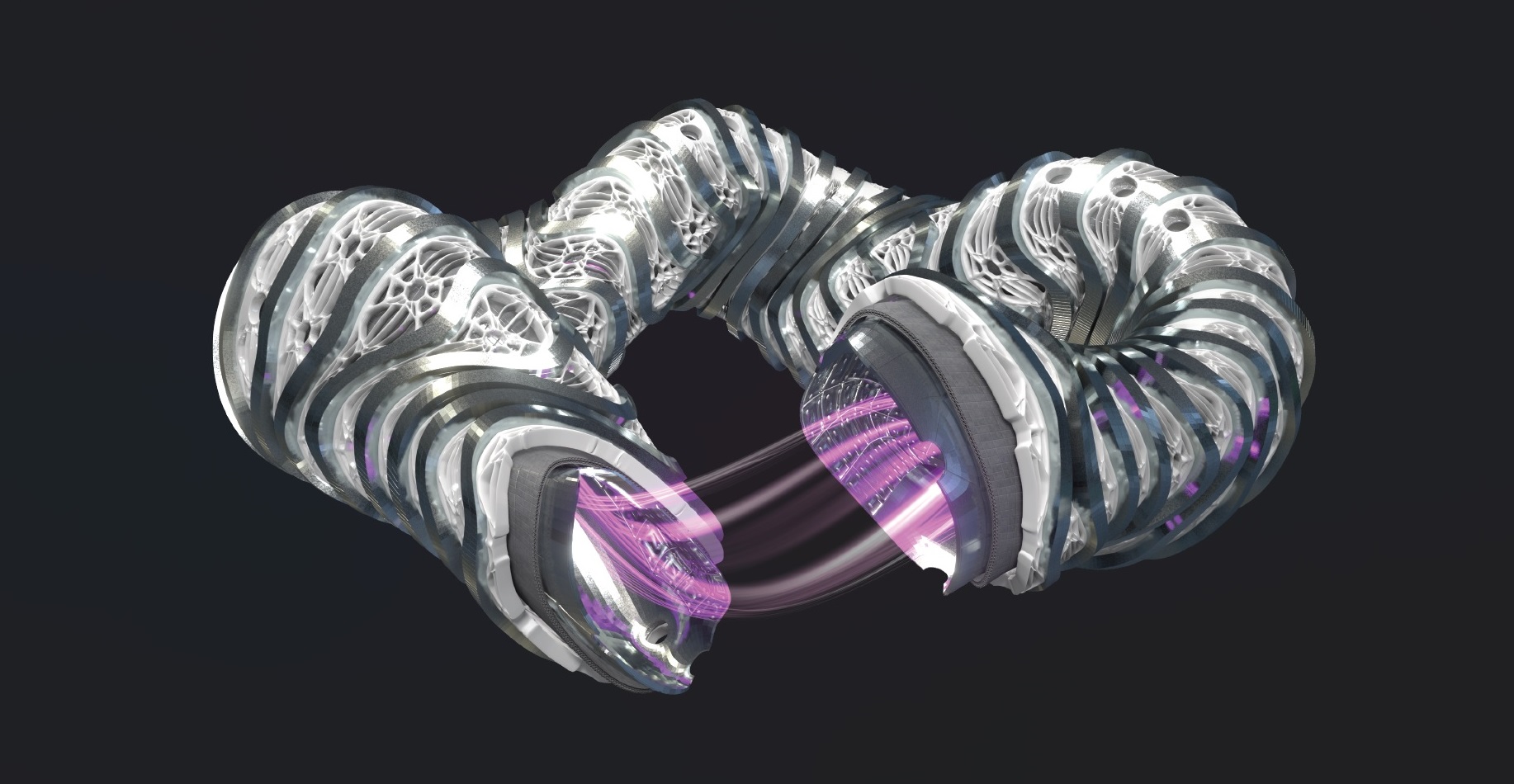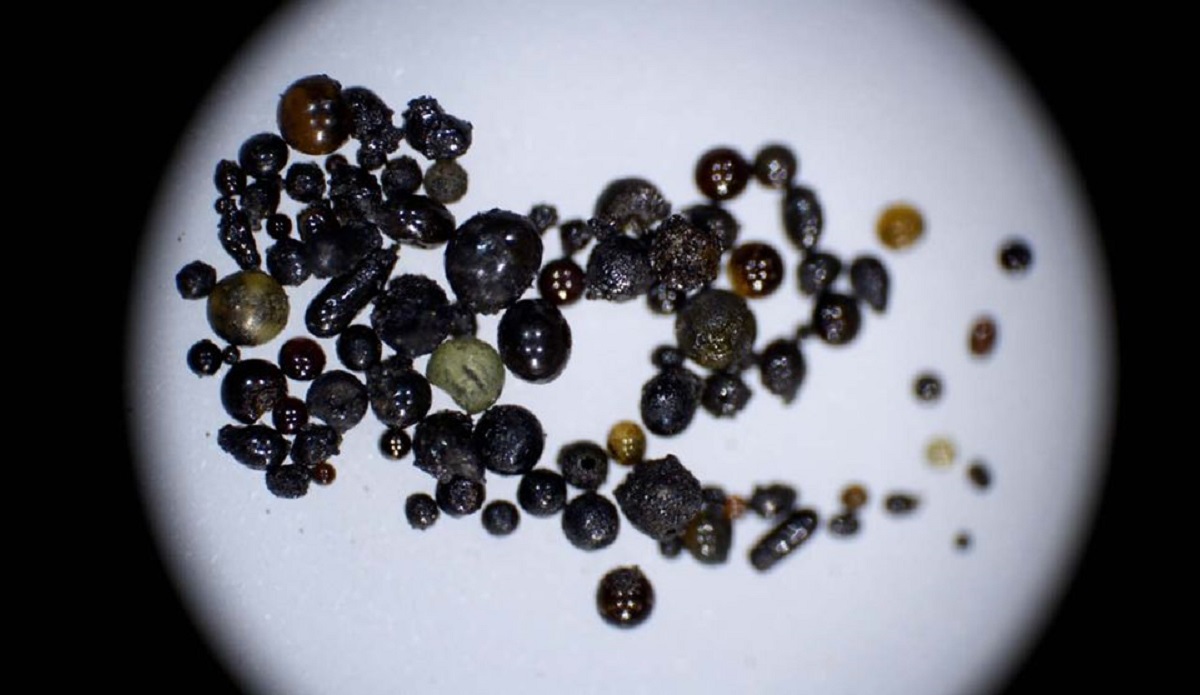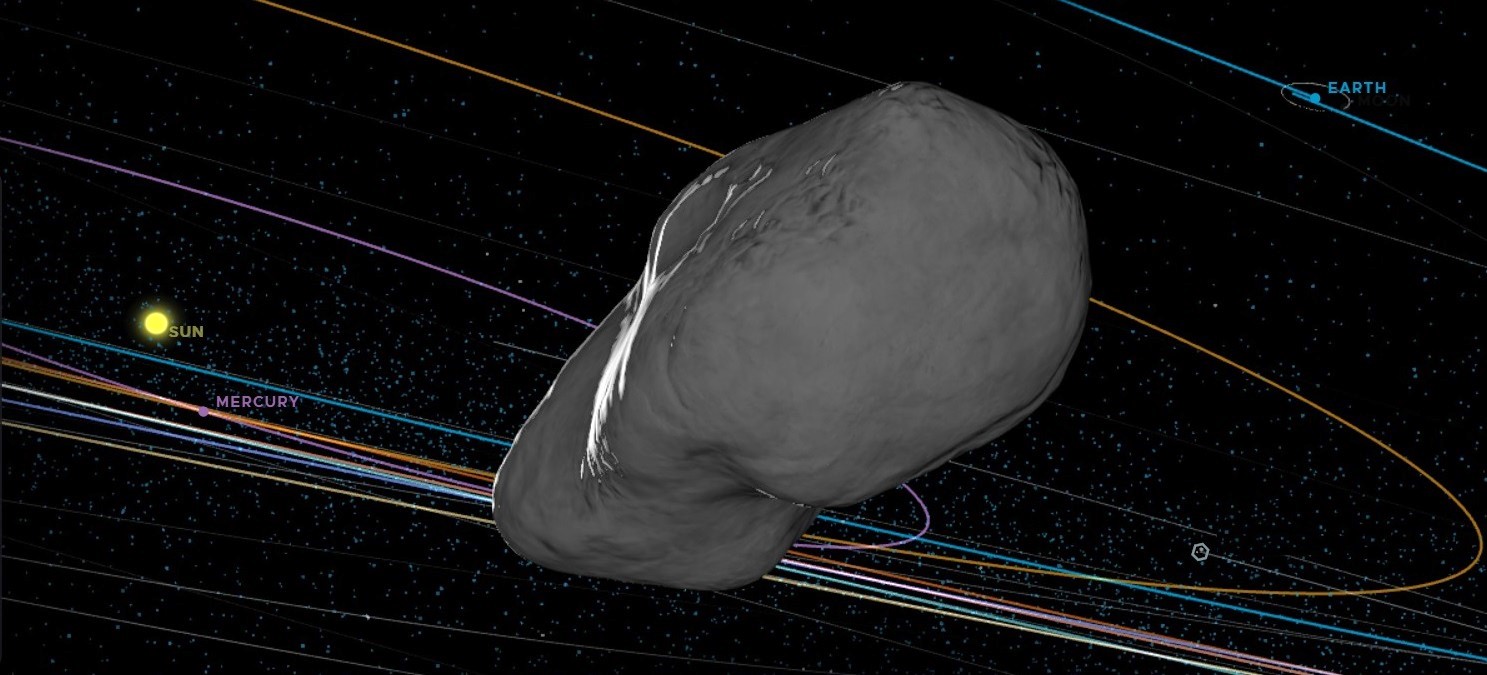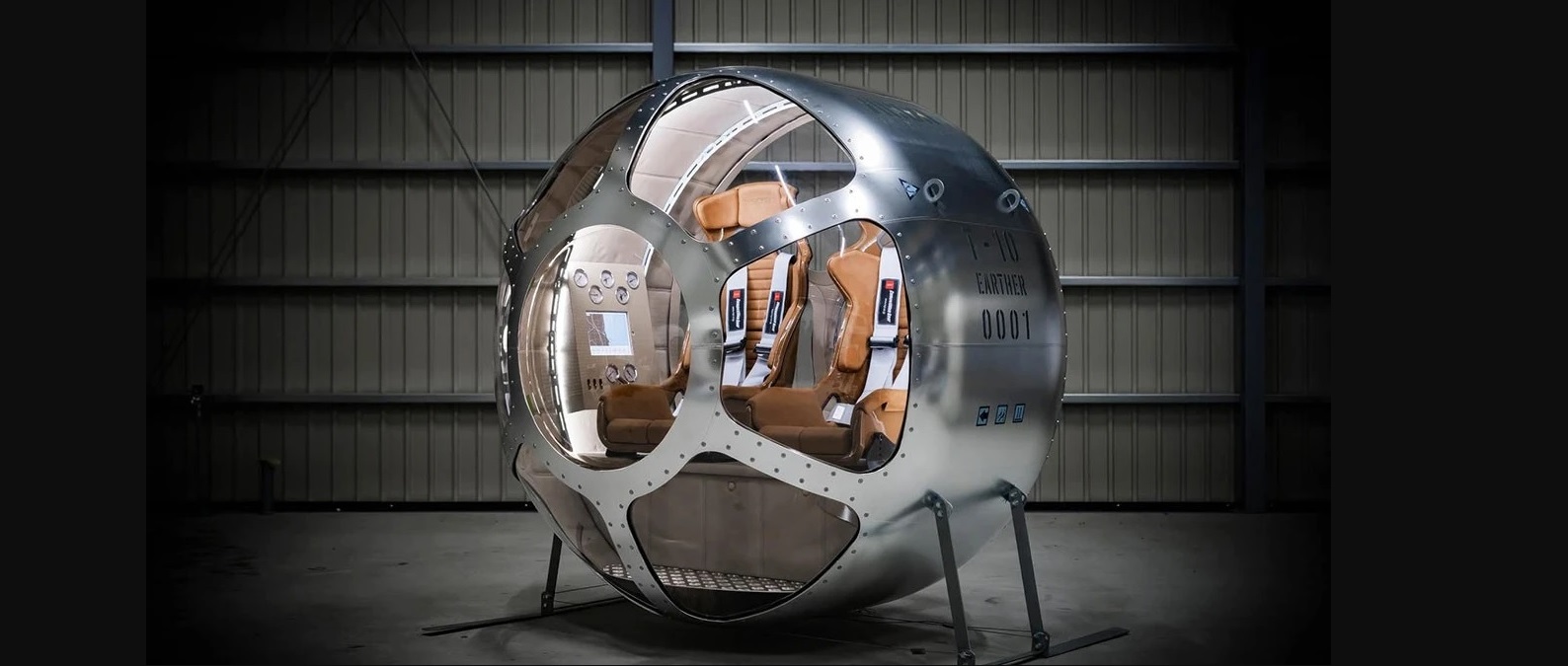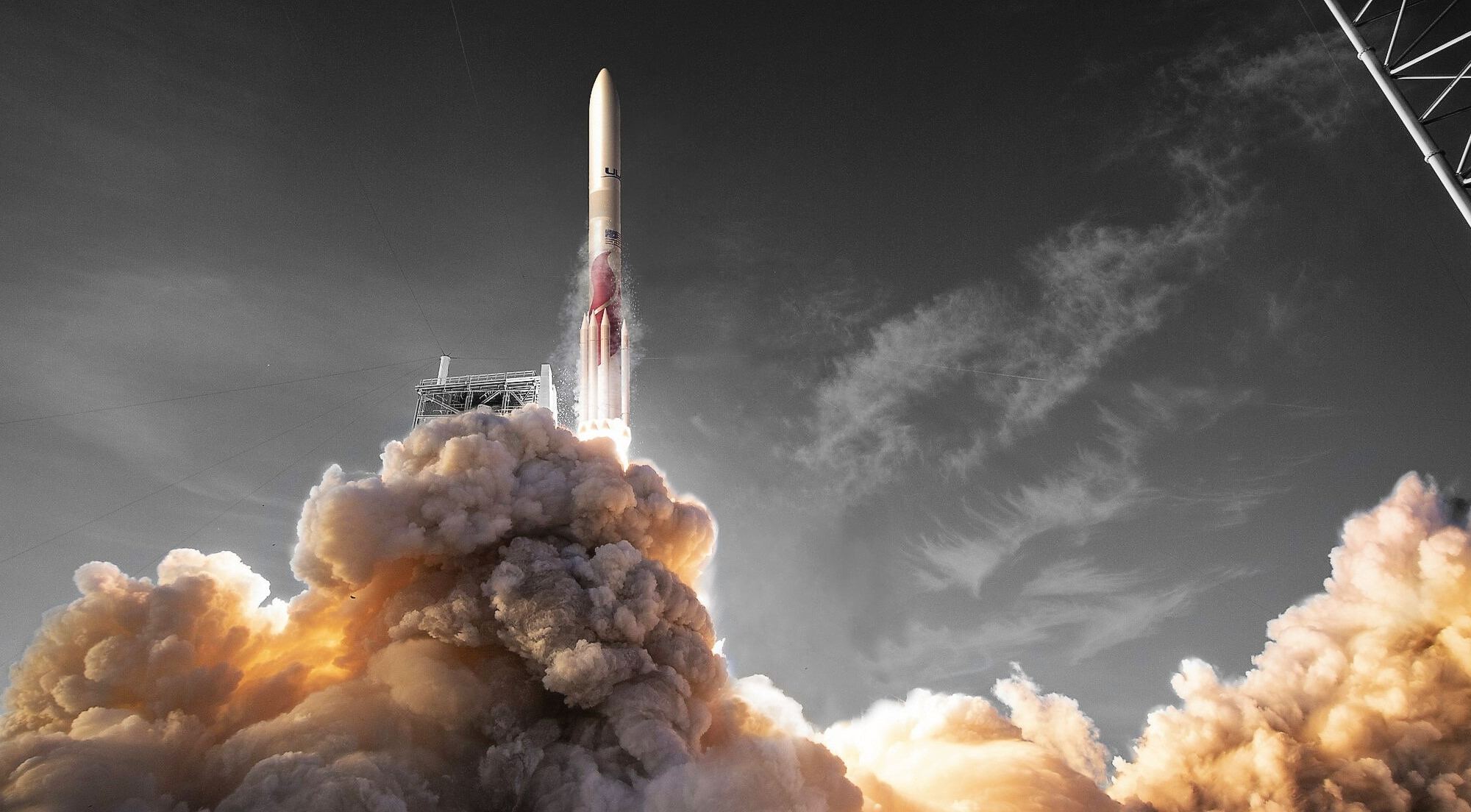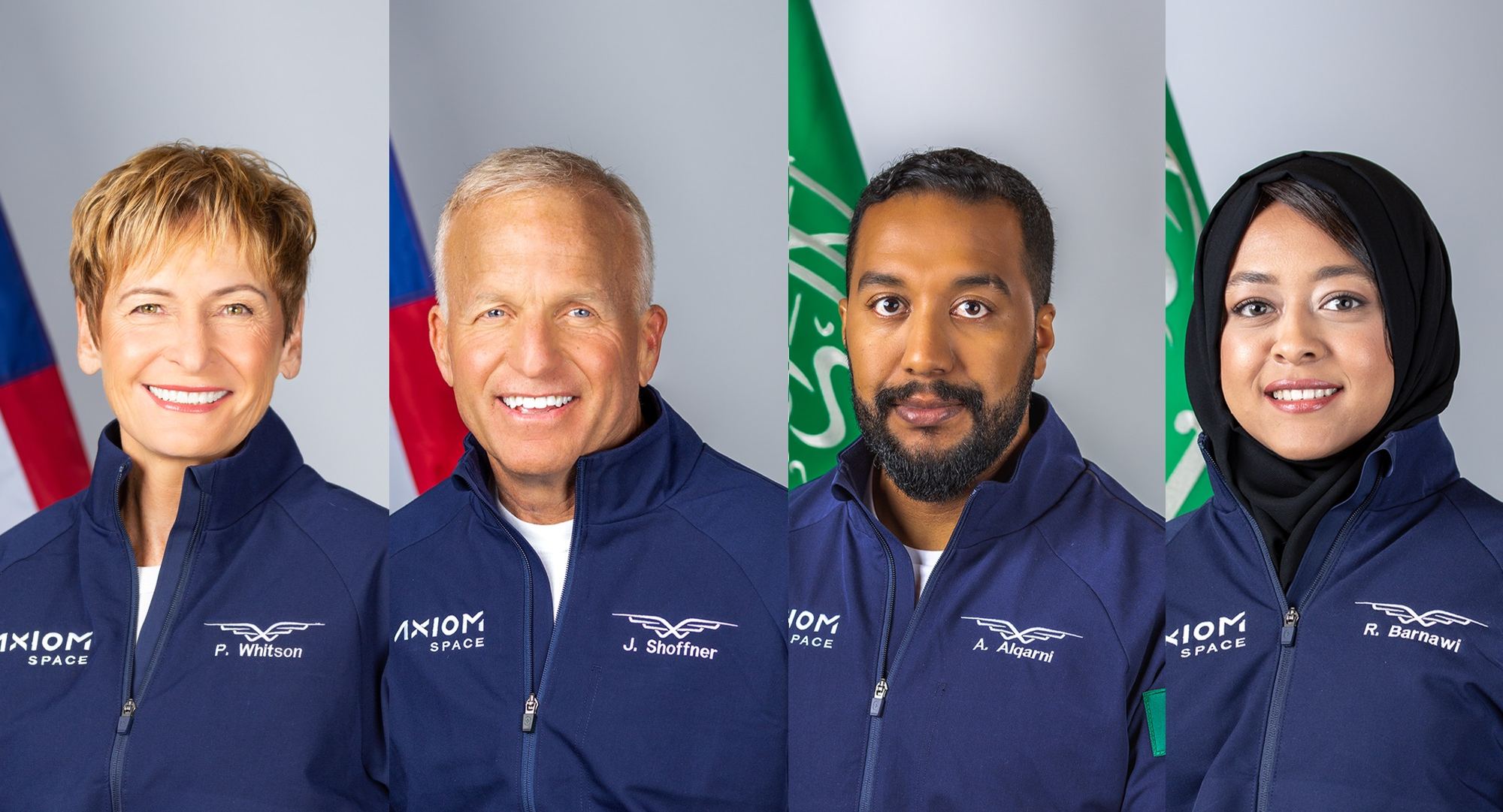The four astronauts chosen for NASA’s Artemis II mission will check off a string of firsts during their flight around the moon, scheduled for next year. It’ll mark the first trip beyond Earth orbit for a woman, for a person of color and for a Canadian. Artemis II will represent yet another first for Canadian astronaut Jeremy Hansen: Based on the current crew schedule, it’ll be his first-ever space mission.
Commander Reid Wiseman, pilot Victor Glover and mission specialist Christina Koch round out the first crew for NASA’s Artemis moon program, which picks up on the legacy of the Apollo moon program. If all goes according to plan, they’ll be the first humans to circle the moon since Apollo 17 in 1972.
Continue reading “Meet the Four Astronauts Who’ll Fly Around the Moon for Artemis II”

